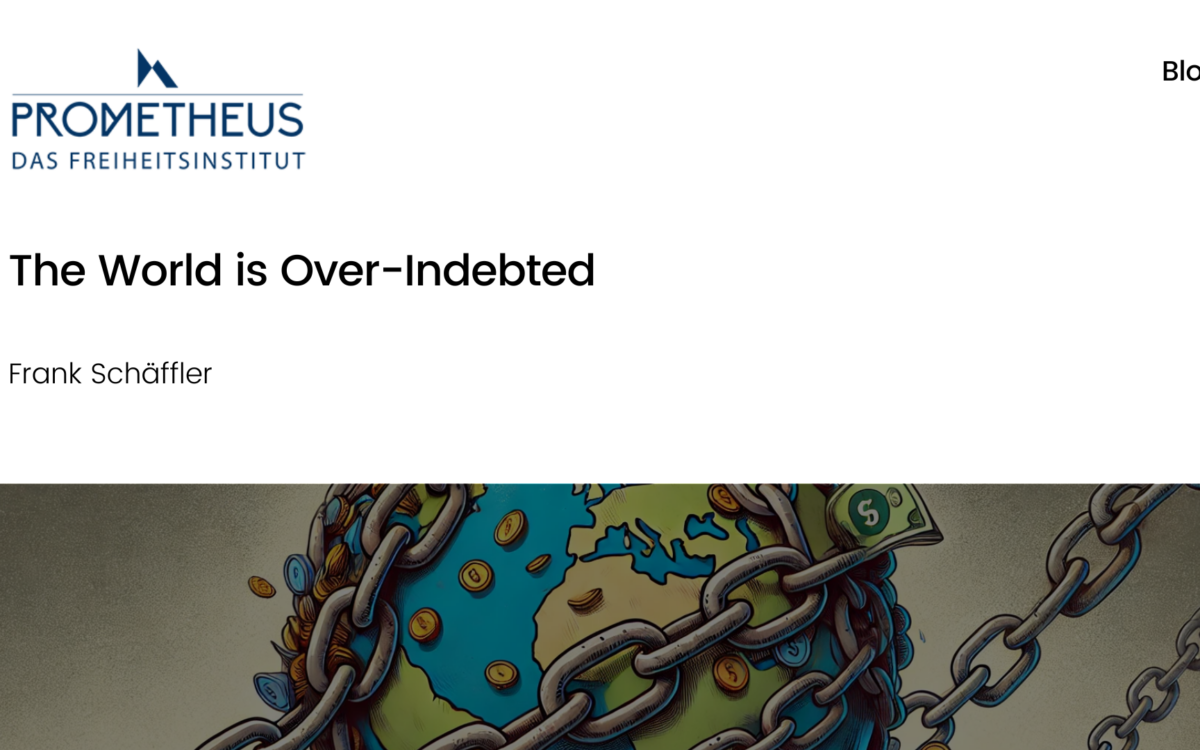Will 5G Come to the EU?

Will 5G Come to the EU?
Anna Jandura-Cessna // 18 March 2018
It has been almost two years since GDPR entered into force. Data monitoring has become a regulatory headache for several industries and could soon become even more prevalent. At the 2019 Mobile World Conference (MWC), one of the biggest tech buzzwords of the past few years made an impressive showing – 5G technology.
Mobile phone technology made rapid advances with the commercial development of 3G to 4G LTE in the 2010s. Now, with the development of 5G technology, mobile phones will work at speeds up to 100x faster than 4G LTE. This type of cellular speed will allow for video streaming with virtually no lag time or buffering, thus affecting any industry requiring communicative technology – healthcare, transport, and finance could all see massive changes.
Additional policies, most likely specific to GDPR, will be required to protect the security and integrity of data. For example, the infrastructure behind 5G’s new technology will require increased small cell densification, which will make location services more exact and readily available.
EU electronic health records, connected and automated cars, and the EU Electric Communications Code are all examples of recent Commission initiatives that will require policy amendments due to 5G. Smart connected object use has rapidly increased, with patents growing at a rate of 54% in the past three years; these digital devices will expand even further due to the speed of 5G.
Spectrum Costs
Building the infrastructure to support 5G networks is an incredibly expensive task. A 2018 article by McKinsey conservatively estimated that in one European country, increased network-related capital expenditures would cause total costs to double for mobile network operators (MNOs). MNOs must make large investments into 5G infrastructure via spectrum auctions and small cell deployment, all while overcoming regulatory hurdles.
5G network rollout requires significant spectrum allocation and re-organization. Europe was much slower than the rest of the world with its deployment of 4G LTE; this is blamed on EU legislative disorganization in spectrum auctions. Almost ten years later, with 5G, Europe is still facing that very same problem. 5G technology requires, even more than 4G, organizational improvements by the EU in de-fragmentation and harmonization of spectrum.
After massive backlash from MNO leaders, the EU scrambled to pass regulation in January on the harmonization of the 3.6 GHz band. Even with this positive step forward, Europe still remained near the back of the pack with spectrum auctions, with several European countries holding auctions months after the US and South Korea.
Furthermore, auction costs are becoming drastically higher in Europe than in other regions. Auctions in both Italy and the UK have vastly exceed projected costs, and even broken world records. The CEO of Telefonica specifically attributed these outlandish costs to the selfishness of Member State governments – “governments are using 5G auctions as short-term cash generators rather than fostering the digital transformation that societies and economies require.”
Small Cell Costs
The latest mobile technology currently in use, 4G LTE, recently benefitted from increased small cell deployment. Macrocells provide coverage, while small cells allow for increased network capacity.
Now, with 5G, the number and density of small cells must be further increased. The European Union has also been severely behind the rest of the world with small cell deployment, accounting for only 13% of non-residential small cell deployments in 2018. Europe is very far behind North America and Asia in densification of these networks, and desperately needs regulatory change to catch up with the rest of the world.
The Commission already attempted to address the regulatory costs and administrative delays associated with small cell deployment. With some small cell bureaucratic barriers lightened, European tech firms can more efficiently invest in the future of 5G. Unfortunately, a larger systemic problem still remains: the European MNO market is significantly more competitive than MNO markets in the rest of the world.
Overcrowded market
A competitive market is usually expected to increase creativity, innovation, and consumer welfare. The competition effect, as it is classically described, shows a trend in increased investment and innovation with decreased market concentration (and thus high competition). On the other hand, in markets that are too competitive, an overwhelming amount of market players may decrease profit, and thus decrease the ability of a firm to invest and innovate.
It is of course essential to empirically examine individual industries to understand the true relationship between competition and innovation. Economists Houongbonon and Jeanjean do exactly that in their 2014 study on the mobile telecommunications industry. They build on a 2005 UCL publication that discovered an inverted-U shaped relationship between competition and investment in research and development. Within the mobile telecom industry, Houongbonon and Jeanjean found that there is an optimal level of competition (top of the inverted ‘U’) that allows for the most innovation and investment.
It is possible that the Digital Single Market has surpassed this optimal level. The US has roughly six mobile firm leaders, while the EU has a whopping 100. Europe’s overly-competitive mobile industry has potentially led to decreased revenue and decreased investment by MNOs, as an inverted U-shaped trend would predict. Thus, in the case of the MNO industry, a highly competitive market might leave Europe behind in terms of technology innovation and investment.
The EU Commission, however, has taken a strongly pro-competitive stance, including ‘nuturing’ policies for tech SMEs and intervention to prevent 4-to-3 mergers in the MNO industry. EU Competition Commmioner Margaret Vestager’s uber pro-competitive mantra was not as prevalent with her predecessor, Joaquín Almunia, who approved three 4-to-3 mergers with MNOs in Austria, Ireland, and Germany during his term from 2004-2010. Prices for consumers increased in these countries shortly thereafter. Many believe that Vestager’s reluctance to approve MNO mergers has been due to the price-increasing effects of Almunia’s decisions.
Europe’s over-competitive landscape has potentially led to poor revenue for MNO firms, with revenue for mobile operators in the United States being 53% higher than revenue for operators in Europe in 2014. European MNOs are still struggling to pay off investment debts from the last round of mobile technology, 4G. If European MNOs are struggling to keep afloat of 4G, it is likely that they will sink with 5G. Tech CEOs agree, with Nokia’s CEO stating “It’s a very heavily regulated sector, so overall the investment climate I think is the key reason why we have been slow” in an interview at MWC 2019.
The Commission may be protecting the consumer from short-term price increases, but by limiting MNO revenue, and thus investment, European consumers will suffer from delayed 5G rollout. In order for Europe to avoid falling behind in healthcare, transport, or any tech-related industry, the MNO regulatory environment needs to change. Otherwise, 5G will become an unattainable, distant foreign commodity for European citizens. Europe’s ability to take advantage of smart connected devices, and grow in the healthcare, finance, and transport industries will be impaired due to its restrictive regulations and competition policy.
The opinions in this article belong to to author only and are not necessarily representative of EPICENTER or its member think tanks.
EPICENTER publications and contributions from our member think tanks are designed to promote the discussion of economic issues and the role of markets in solving economic and social problems. As with all EPICENTER publications, the views expressed here are those of the author and not EPICENTER or its member think tanks (which have no corporate view).




